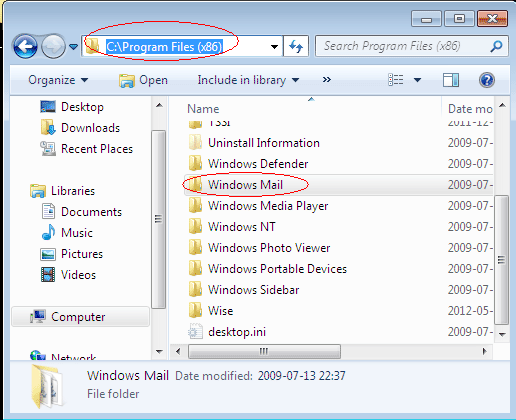

However, at the same time you are limited in your output possibilities.Ĭonsider the following two examples of paste… This can be convenient, in case you don’t want to use a separator anyway. What’s the reason?īy default, paste0 uses sep = “” (i.e. Have a look at the R help documentation of paste and paste0:įigure 1: Excerpt of the R Help Documentation of paste() & paste0().Īs you can see based on Figure 1, the paste0 command doesn’t provide a separator option (as paste does). The paste0 function is a simplified form of the paste function, which uses no separator at all. And this is exactly the difference between paste and paste0…Įxample 3: The Difference Between paste & paste0 However, we could use basically every character string we want. In this example, we used the separator “_”. Paste("This is", 1, "out of", 4, "examples.", # paste with different separator Paste ( "This is", 1, "out of", 4, "examples.", # paste with different separator However, we can manually adjust the separator as follows: the character string that is inserted between the inputs).īy default, the paste function uses a blank as separator (i.e. More on that in the following examples…Įxample 2: Change Separator of paste FunctionĪn important specification within the paste function is the separator (i.e. Quite easy! However, there are several things to consider when applying paste in R. The paste function concatenated all these inputs into the character string “This is 1 out of 4 examples.” Paste("This is", 1, "out of", 4, "examples.") # Basic application of pasteĪs you can see based on the previous R code, we inserted several inputs into the paste function: Paste ( "This is", 1, "out of", 4, "examples." ) # Basic application of paste # "This is 1 out of 4 examples."


 0 kommentar(er)
0 kommentar(er)
